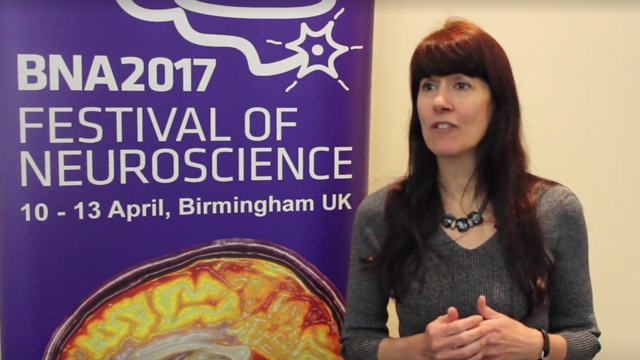We are investigating the genetic networks that regulate neural stem cell behaviour.
Neural stem cells in the adult brain exist primarily in a quiescent state but can be reactivated in response to changing physiological conditions. The ability to reactivate neural stem cells in situ raises the prospect of potential future therapies for brain repair after damage or neurodegenerative disease. Understanding the molecular basis of stem cell reactivation is an essential first step in this quest.
How do stem cells sense and respond to metabolic changes?
In Drosophila, quiescent neural stem cells are easily identifiable and amenable to genetic manipulation, making them a powerful model from which to study the transition between quiescence and proliferation. These stem cells exit quiescence in response to a nutrition-dependent signal from the fat body (a tissue that plays a key role in the regulation of metabolism and growth).
The Brand Lab combines cutting-edge genetic and molecular approaches with advanced imaging techniques to study the reactivation of Drosophila neural stem cells in vivo. To enable us to study the role of DNA-binding proteins in the developing nervous system, we developed ‘Targeted DamID’ (TaDa). TaDa permits genome-wide profiling of DNA- or chromatin-binding proteins in specific cells in vivo without cell sorting, fixation or affinity purification. We have also developed RNA-DamID, a novel approach that detects lncRNA–genome interactions with high sensitivity and accuracy.
Recently, we adapted Targeted DamID for use in mammalian cells.


